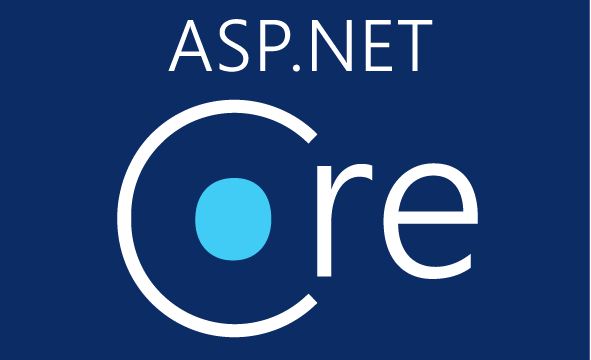In the digital age, email communication reigns supreme, making email validation a critical aspect of modern web applications. ASP.NET Core, with its flexibility and power, provides developers with the tools needed to implement robust email validation. In this comprehensive guide, we'll explore the ins and outs of email validation in ASP.NET Core, empowering you to enhance data integrity and user experience.
Why Email Validation Matters
Email validation is more than just ensuring that an email address contains an "@" symbol and a domain. It plays a pivotal role in your application's functionality and data quality:
Data Integrity: Accurate email validation ensures that your database remains free from inaccuracies and irrelevant entries.
User Experience: Properly validated email addresses provide a smoother user experience during registration and communication.
Message Delivery: Valid email addresses help guarantee that messages reach their intended recipients without issues.
Email Validation in ASP.NET Core
ASP.NET Core offers various approaches to implement email validation. One common method is using Data Annotations, such as the [EmailAddress] attribute, to decorate your model properties.
public class UserModel
{
[EmailAddress]
public string Email { get; set; }
}
By applying [EmailAddress] to the Email property, you instruct ASP.NET Core to validate the input as an email address. If the input doesn't conform to the expected email address format, the framework will return a validation error.
Custom Email Validation Logic
While Data Annotations provide a quick and easy way to validate email addresses, you might encounter scenarios where custom validation logic is required. For instance, you may need to blacklist certain domains or implement unique validation rules.
In such cases, you can create custom validation attributes by implementing the ValidationAttribute class. This allows you to define your email validation rules according to your application's specific requirements.
Handling Validation Errors
Handling validation errors gracefully is crucial for a user-friendly experience. ASP.NET Core provides mechanisms to display validation errors in your views and ensure that users receive meaningful feedback.
<div class="form-group">
<label asp-for="Email"></label>
<input asp-for="Email" class="form-control" />
<span asp-validation-for="Email" class="text-danger"></span>
</div>
In this example, the asp-validation-for tag helper is used to display validation errors next to the input field, providing users with clear feedback.
Frequently Asked Questions
Q1: Can I use regular expressions for custom email validation in ASP.NET Core?
Yes, you can implement custom email validation using regular expressions within a custom validation attribute.
Q2: What is the best approach for client-side email validation in ASP.NET Core?
Using HTML5's built-in type="email" attribute in combination with ASP.NET Core's server-side validation is a recommended approach for client-side and server-side validation.
Q3: How can I handle email validation for internationalized email addresses?
ASP.NET Core supports internationalized email addresses through the [EmailAddress] attribute, which follows RFC standards for email validation.
Wrapping Up
Email validation is a crucial component of modern web applications, and ASP.NET Core provides a robust framework to implement it effectively. By leveraging built-in attributes like [EmailAddress] and custom validation logic, you can ensure data integrity and enhance user experience. Whether you're building a registration form or managing user profiles, mastering email validation in ASP.NET Core is a valuable skill that will benefit both you and your users.



